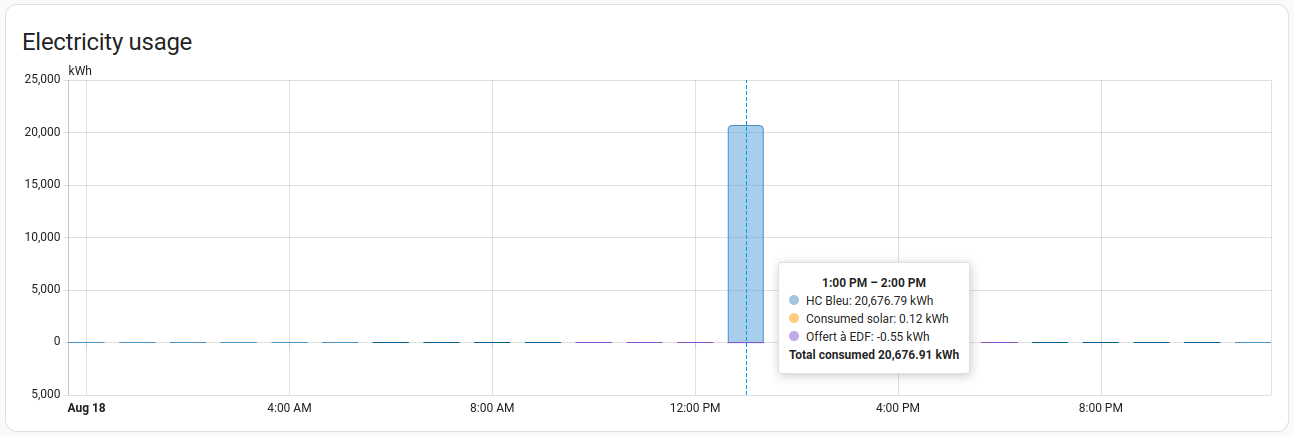I just picked up a mini PC (Fujitsu Q5030) and tried to install Linux on it but
the CD reader is not to be reliable. So I used the boot over Ethernet function.
As my DHCP server is on the modem of my internet provider, I had to plug
directly the computer into my laptop and setup a PXE server.
As a part of my future home automation called
NoteRF, I need some devices other than a
Raspberry Pi grabbing weather and pollution data from the internet: I designed a
PCB and throw some lines of code on it.
Currently, the devices are only sensors, but I plan to implement some actuators
later. Everything communicates wirelessly with the help of
HopeRF RFM69hw, I will write
something on the PCB and publish them as soon as I have the time to do some
minor corrections to the Eagle files.

I am currently evaluating some solutions to build my
home automation system. As a part of this
system I want to monitor air quality, but, I do not have any sensor yet, so I
use a public service and parse its data with Node-RED.
I am using a lot of web services on several servers, and I was bored to remember
all ports and change my firewall rules each time. So I use
HAProxy to
redirect all incoming HTPP traffic to the right server/port by checking the
requested URL.
Moreover, I configured it as an SSL endpoint, so every communication between a
browser and HAProxy is encrypted, even if the service I am using is not able to
support it. The other pro of this solution is to be able to use basic HTTP
authentication whenever I want to restrict access to some services.
I wanted to use sleep functions of the Atmega328 (in power-down mode), in
conjunction with Arduino’s software serial library: it turns out that all
interrupt vectors are enabled in sleep mode.


